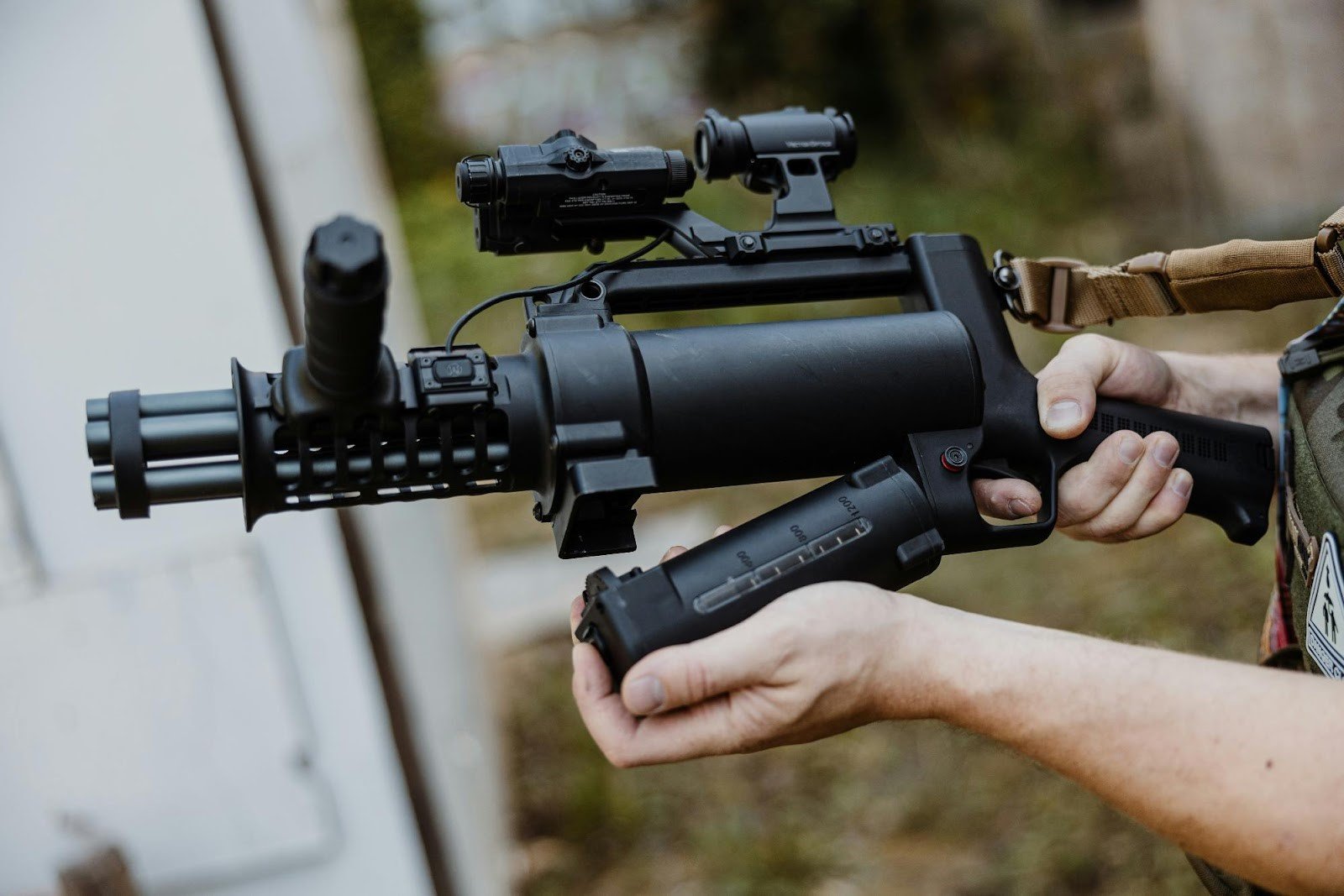When it comes to choosing the right tactical gear, whether for professional use or personal preparedness, the market’s extensive range of options can be overwhelming. Understanding the gear’s purpose, evaluating its quality, and considering personal needs are key steps in making an informed decision. Tactical gear must offer reliability under tough conditions, comfort during extended wear, and functionality that meets the specific demands of the situation. In this article, we’ll delve into the essentials of what to look for when investing in tactical equipment, ensuring that your selection is an asset rather than a liability. Keep reading to equip yourself with the knowledge to make the best choice for your tactical needs.
Understanding the Basics of Tactical Gear: Purpose and Types
Tactical gear is designed to boost safety, performance, and efficiency, making it essential for military, law enforcement, emergency services, and even outdoor enthusiasts. From protective vests and helmets to communication tools and holsters, each item serves a specific purpose and works together to support the user in demanding situations.
Choosing the right gear depends on the intended use—what works for a soldier may not suit a camper. For beginners, navigating options can feel overwhelming, but starting with trusted security supplies and seeking guidance from experts can make the selection process much easier.
The Importance of Material and Durability in Tactical Equipment
Tactical gear is made from high-strength fabrics like Cordura or ballistic nylon, offering exceptional resistance to abrasion, tears, and water. Metals used in buckles and fastenings are often anodized or coated to prevent corrosion and increase longevity. The construction quality of the gear is crucial, determining its lifespan.
Double stitching, reinforced seams, and heavy-duty zippers are indicators of durability. Advanced materials like Kevlar for bulletproof vests and polycarbonate for shatterproof goggles are also used for their critical protection and overall utility. When investing in tactical gear, it is essential to consider the potential environments and physical demands of the gear. Quality materials and construction can make the difference between life-saving gear and equipment that fails when needed most.
Tactical Gear Functionality: Fit, Comfort, and Modularity
Tactical gear’s functionality is based on its ability to serve its intended purpose efficiently. Fit and comfort are crucial, as poorly fitted gear can restrict movement and reduce operational effectiveness. Adjustable straps, padding, and ergonomics are essential for long-term wear.
Tactical performance should not compromise comfort, and good design should balance comfort and functionality. Modularity is another essential aspect, with many vests and belts offering a Molle system for various attachments and configurations. This allows users to adapt their gear for different roles or situations. Maintenance and repair of tactical gear are vital for its longevity, with features like replaceable components or enhancements extending its life and adaptability.
Essential Features to Consider When Purchasing Tactical Gear
To make an informed purchase, it’s crucial to evaluate the essential features of tactical gear. These include its protection level, weight, certification, quick-release systems, compatibility with other equipment, and upgradeability. Storage is another crucial aspect, with pouches and pockets for carrying ammunition, medical supplies, and communication devices.
Visibility and concealment are also important, with reflective materials or camouflage patterns depending on the mission and terrain. Finally, compatibility with technology is a growing concern in today’s digital world, as some tactical equipment is designed to interface with electronic devices for communication, navigation, and other tech-dependent tasks.
Balancing Cost and Quality: Getting the Most Out of Your Tactical Gear Investment
Tactical gear purchase should not be solely based on cost, as high-quality gear offers superior materials, craftsmanship, and performance benefits. Opting for cheaper, lower-quality items can lead to frequent replacements and potential failure. To find a balance, prioritize essential items and look for gear with a strong track record of reliability and durability. Consider discounts, promotions, and military surplus for affordability.
Purchase gear incrementally, starting with fundamental items and gradually expanding the kit. Learn from experience and consider warranties and manufacturer support to add value to the purchase of tactical gear. Companies with solid warranties suggest confidence in their products’ performance and longevity.
Overall, the journey to acquiring tactical gear requires careful consideration of multiple factors, including purpose, materials, functionality, essential features, and cost versus quality. By understanding these key elements and cautiously evaluating available options, you can ensure that your investment will serve your tactical needs efficiently and reliably in the long run.

